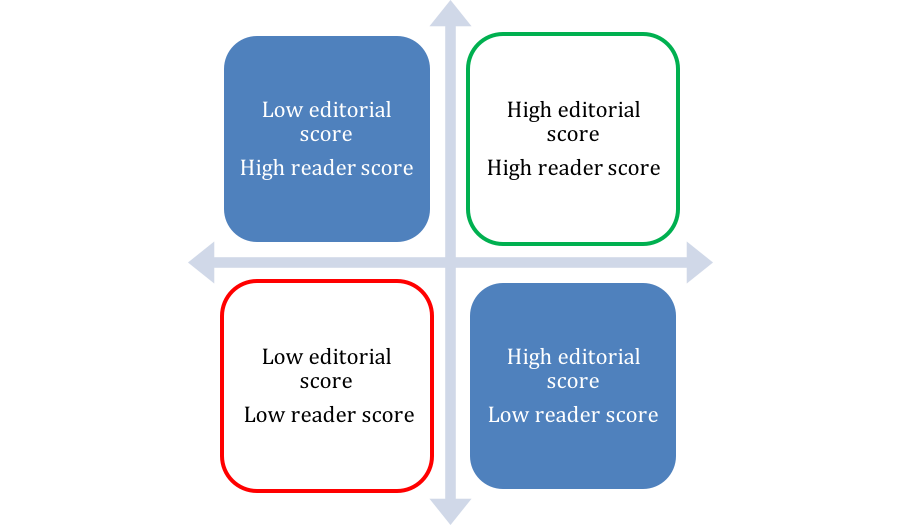The Christian Science Monitor

Over the last two years, the Christian Science Monitor has executed a whole-newsroom reorganization to enable deep, meaningful solutions reporting. Months of testing and research led to the decision to move to a digital subscription model. In its recent shift from daily reporting to a subscription-supported daily news digest, the Monitor revamped its culture and its workflows to produce a few high-value stories each day, and to deepen engagement with readers to convert them to paying subscribers.
To achieve this, the Monitor redesigned its newsroom to redefine beats and changed editorial processes to emphasize a reader-first approach to journalism. Concerted efforts are made to bring readers into contact with staff in intimate and meaningful ways. Readers are constantly reminded about the value of the Monitor as they interact with its various products.
TOOLS/TACTICS:
- Prioritizing subscribers - Feedback forms include a button asking if the respondent is a subscriber; this helps reporters prioritize them in writing back.
- Sophisticated analytics - The Monitor doesn’t focus on clicks, cost per thousand, or other conventional advertising metrics. Instead, it weights engagement-related data according to the outcomes it wants to achieve. Did stories get shared? Did they yield newsletter signups? Did a story resonate with paying readers? By focusing on these measures, the Monitor is beginning to understand signals that drive conversion.
- X/Y Editorial/Engagement Performance Graph: Stories are scored according to how well they met engagement goals on the Y axis (based on Adobe data: how deep the reader went into the story, did they share the story), as well as how well they met editorial goals on the X axis (based on editors’ feedback: finding solutions, bringing a global perspective, exposing new points of view to readers), resulting in an X/Y graph that displays four quadrants. This analytic tool gives the team a basis for analyzing how stories performed, identifying reasons why, and coming up with strategies for nudging all coverage into the top right quadrant.
LESSONS LEARNED:
- Engagement is not just the job of a dedicated team; it is everyone’s job. “We fulfill our mission by loving readers better. As such reader engagement is important to everyone,” says Grant. This is modeled by the involvement of everyone from the publishers, to the editors, to the reporters, in having a dialogue with readers.
- Make readers feel loved. The Monitor is constantly looking for opportunities to make readers feel valued. For example, readers who submit testimonials can send in photos to be featured in a photo sketch like the editorial team (and they will photoshop in a Monitor pin onto their sketch!). The Monitor also grants subscribers exclusive access to its breakfast event series featuring high-profile guests in intimate conversation with a journalist.